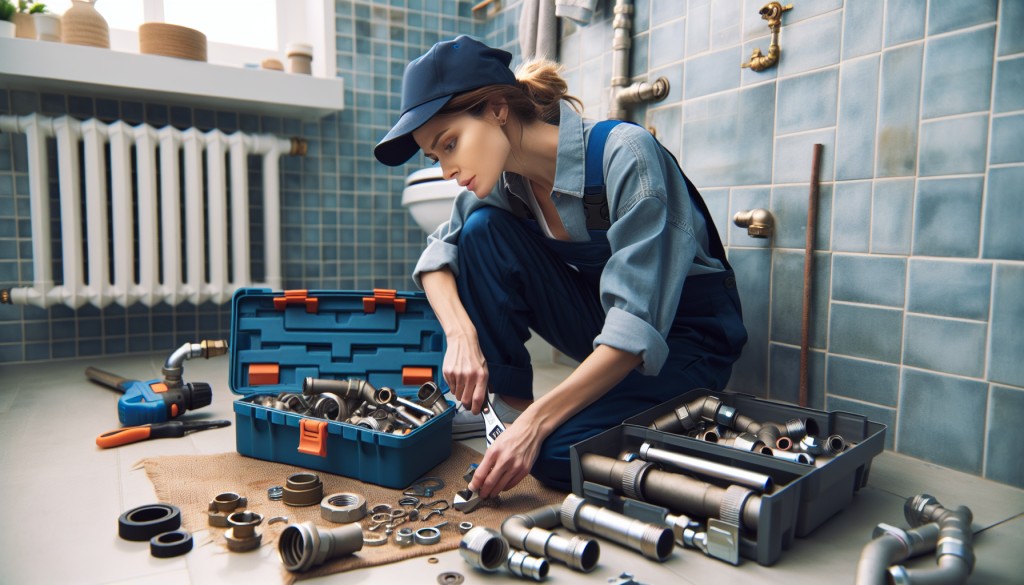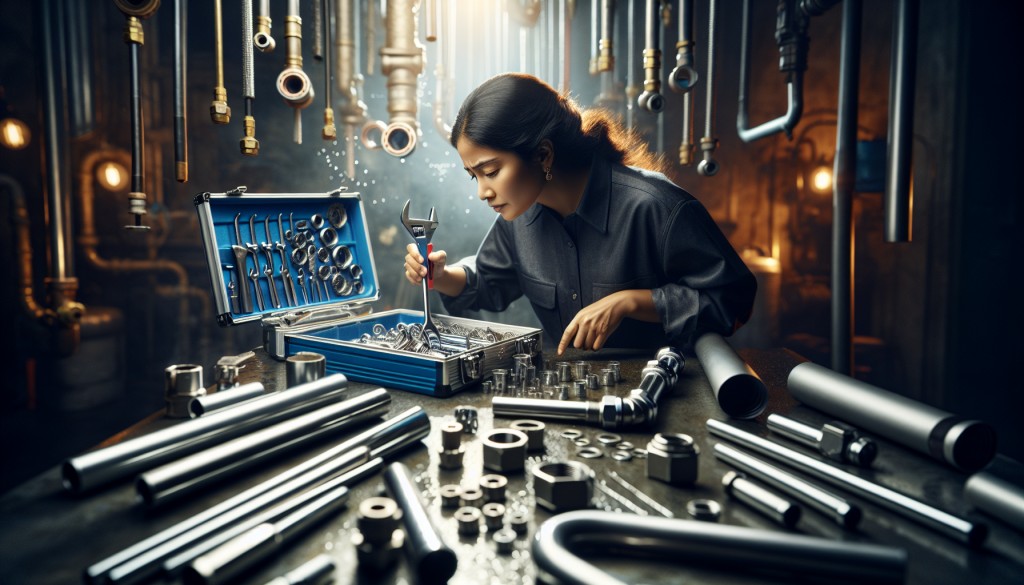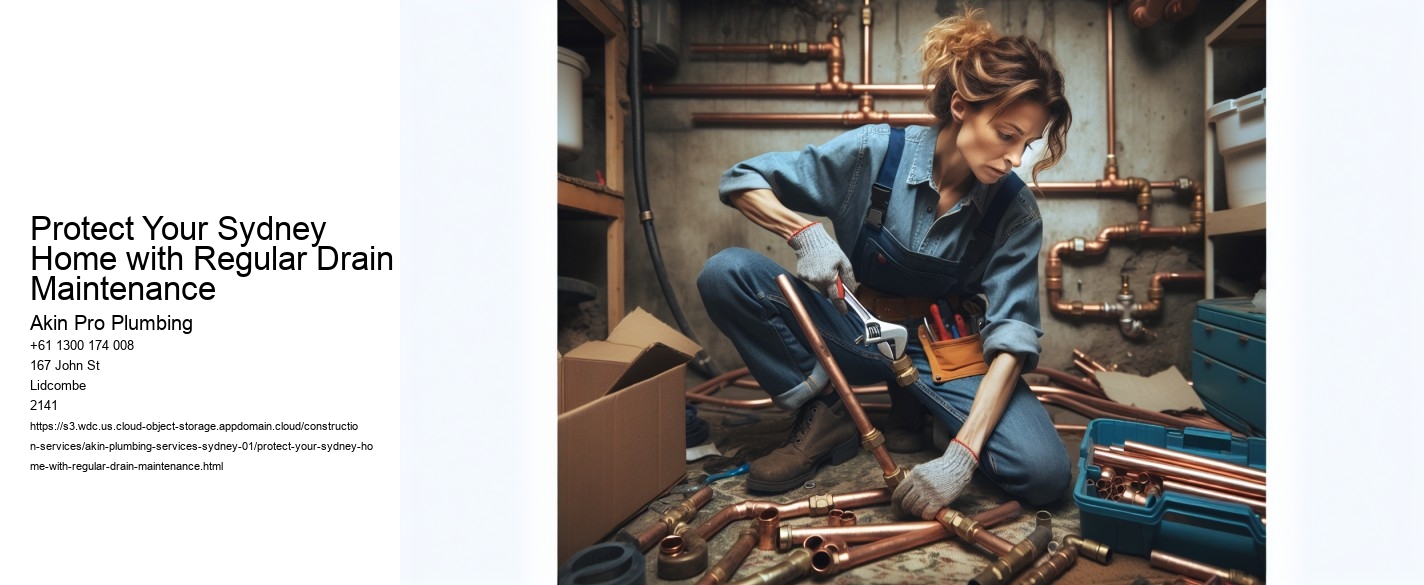Identifying Common Drainage Issues in Sydney Homes
Sydney, with its vibrant neighborhoods and picturesque landscapes, is a city that thrives on its unique blend of urban and natural beauty.
Protect Your Sydney Home with Regular Drain Maintenance - Plumbing code
- Mechanical, electrical, and plumbing
- Leak
- Wastewater
- Sewerage
- plumbing
- Water tank
One of the most prevalent drainage issues in Sydney homes is blocked drains. These can be caused by a variety of factors, including the accumulation of debris such as leaves, dirt, and grease, as well as the intrusion of tree roots into sewer pipes. Blocked drains can lead to unpleasant odors, slow-draining water, and even overflowing sinks or toilets, which can result in water damage to your home's interior and foundation. Regular maintenance, such as cleaning gutters and using drain guards, can help prevent these blockages from occurring.
Another common issue is poor drainage around the home's exterior, which can lead to water pooling in the yard or seeping into the basement. Piping and plumbing fitting This is often a result of improper grading, where the ground slopes towards the house rather than away from it. This can cause water to accumulate around the foundation, leading to structural damage and mold growth. To combat this, homeowners should ensure proper grading and consider installing drainage solutions such as French drains or sump pumps to redirect water away from the home.
Sydney's climate, with its periods of heavy rainfall, can exacerbate these drainage problems. During storms, the city's drainage systems can become overwhelmed, leading to localized flooding. Homeowners should be proactive in checking their drainage systems before the wet season and making necessary repairs or upgrades. This might include clearing out gutters, ensuring downspouts direct water away from the foundation, and inspecting underground pipes for any signs of damage or blockage.
Moreover, older homes in Sydney may face unique drainage challenges due to outdated plumbing systems. Over time, pipes can corrode or become damaged, leading to leaks and reduced water flow. Regular inspections by a qualified plumber can help identify and address these issues before they escalate into major problems. Replacing old pipes with modern materials can also improve the efficiency and reliability of your drainage system.
In conclusion, safeguarding your Sydney home against drainage issues requires vigilance and regular maintenance. By staying informed about common drainage problems and taking proactive measures to address them, homeowners can protect their properties from water damage and ensure a safe, comfortable living environment. Regular drain maintenance not only preserves the structural integrity of your home but also enhances its value and appeal, making it a wise investment for any Sydney homeowner.

The Benefits of Regular Drain Maintenance
Regular drain maintenance is an essential aspect of home care that is often overlooked by many homeowners. In Sydney, where the climate can be unpredictable with frequent rain and occasional storms, keeping your drainage system in optimal condition is crucial for protecting your home from potential water damage and other related issues. The benefits of regular drain maintenance extend beyond just preventing blockages; it also ensures the longevity of your plumbing system and contributes to the overall well-being of your household.
One of the primary benefits of regular drain maintenance is the prevention of blockages. Over time, drains can accumulate debris, grease, hair, and other materials that can cause significant clogs. These blockages can lead to slow drainage, unpleasant odors, and, in severe cases, complete obstruction of the plumbing system. By routinely inspecting and cleaning your drains, you can mitigate the risk of these problems, ensuring that water flows smoothly and efficiently through your pipes.
Moreover, regular drain maintenance can help identify potential issues before they escalate into costly repairs. Small leaks or cracks in your drainage system may go unnoticed, but over time, they can lead to significant water damage to your homes structure and foundation. By conducting regular inspections, you can spot these minor problems early on and address them promptly, saving you both time and money in the long run.
In addition to preventing blockages and identifying potential issues, regular drain maintenance can also improve the overall hygiene and health of your home. Clogged drains can become breeding grounds for bacteria and mold, which can negatively impact indoor air quality and pose health risks to your family. By keeping your drains clean and clear, you reduce the likelihood of these harmful microorganisms thriving in your home environment.

Furthermore, maintaining your drains can enhance the efficiency of your plumbing system. When drains are free from blockages and in good working condition, water and waste are disposed of more quickly and effectively. This efficiency not only reduces water wastage but also minimizes the strain on your plumbing system, thereby extending its lifespan and reducing the need for frequent repairs or replacements.
In conclusion, regular drain maintenance is an indispensable practice for protecting your Sydney home. It offers numerous benefits, including the prevention of blockages, early detection of potential issues, improved hygiene, and enhanced plumbing efficiency.
Protect Your Sydney Home with Regular Drain Maintenance - Piping and plumbing fitting
- Sink
- Tubing
- Sewer gas
- piping
DIY Tips for Maintaining Your Drains
Maintaining your homes drainage system is essential for ensuring a healthy and functional living environment. In Sydney, where the climate can sometimes be unpredictable, regular drain maintenance becomes even more critical. By adopting a few do-it-yourself (DIY) tips, homeowners can protect their property from potential water damage, unpleasant odors, and costly repairs.
One of the simplest yet most effective DIY tips for maintaining your drains is regular cleaning. Over time, drains can accumulate debris such as hair, soap scum, and food particles, leading to blockages. Using a mixture of baking soda and vinegar can help break down these substances. Simply pour half a cup of baking soda down the drain, followed by half a cup of vinegar. Allow the mixture to sit for about 30 minutes, then flush it with hot water. This natural solution not only clears minor clogs but also helps keep your drains smelling fresh.

Another important aspect of drain maintenance is being mindful of what goes down the drain. In the kitchen, avoid pouring grease or oil into the sink, as these can solidify and cause blockages. Instead, collect grease in a container and dispose of it in the trash once it has cooled. In the bathroom, use a drain cover or hair catcher to prevent hair and soap residue from entering the pipes. These simple measures can significantly reduce the risk of clogs and prolong the life of your drainage system.
Regular inspections are also crucial in maintaining your drains. Check for any signs of leaks or slow drainage, which may indicate a developing problem. If water is draining slowly, it might be time to use a plunger or a plumbers snake to clear any obstructions. Drain (plumbing) For more persistent issues, it may be necessary to consult a professional plumber to prevent further damage.
Prevention is always better than cure, and this is especially true when it comes to drain maintenance. In Sydney, where heavy rains can lead to increased pressure on drainage systems, ensuring that your gutters and downpipes are clear of leaves and debris is vital. Regularly cleaning these areas will help prevent water from backing up and causing damage to your home.
In conclusion, maintaining your drains doesnt have to be a daunting task. By incorporating simple DIY tips such as regular cleaning, mindful disposal of waste, and routine inspections, you can protect your Sydney home from potential drainage issues. Taking these preventative steps not only ensures the efficient functioning of your drainage system but also provides peace of mind, knowing that your home is safeguarded against potential water damage.
When to Call a Professional Plumber
Maintaining a home in Sydney, or anywhere for that matter, involves a multitude of tasks, each crucial in its own way to ensure the safety, functionality, and value of the property. Among these tasks, regular drain maintenance might not always top the list of homeowner priorities, but it certainly should. piping While minor drain issues can often be addressed with basic home remedies or over-the-counter solutions, there are times when calling a professional plumber becomes not just advisable, but essential.
Drains are an integral component of a home's plumbing system, responsible for whisking away wastewater and keeping the household environment clean and hygienic. However, the everyday use of sinks, showers, and toilets inevitably leads to the accumulation of debris, grease, hair, soap scum, and other residues. Over time, these materials can create stubborn blockages that are difficult to clear without professional intervention.
One clear indication that it is time to call a professional plumber is when you notice water draining slower than usual. This is often the first sign of a developing blockage.
Protect Your Sydney Home with Regular Drain Maintenance - Piping and plumbing fitting
- pipe
- Pipe (fluid conveyance)
- Threaded pipe
- Flushing trough
- pipe-in-pipe system
Another scenario that warrants a professional plumber's attention is when multiple drains in the house are clogged simultaneously. This could indicate a more serious problem with the main sewer line, which could have been caused by tree root intrusion, a buildup of non-flushable items, or even a collapsed pipe. Such issues are beyond the reach of home remedies and require the expertise and equipment that only a licensed plumber can provide.
Furthermore, recurring drain problems are a red flag that should not be ignored. If you find yourself frequently dealing with clogs, it might suggest an underlying issue with the plumbing system that needs professional assessment.
Protect Your Sydney Home with Regular Drain Maintenance - Drain (plumbing)
- piping
- Hydraulics
- History of water supply and sanitation
Additionally, any signs of water damage, such as damp walls, ceilings, or floors, should prompt an immediate call to a professional. These can be indicators of hidden leaks or burst pipes, which, if left untreated, can compromise the structural integrity of your home and lead to costly repairs.
Preventive maintenance is another reason to enlist the help of a professional plumber. Regular inspections and cleaning can prevent blockages and other issues from developing in the first place. Professionals can provide valuable advice on how to maintain your drains, identify potential problems early, and recommend the best practices for keeping your plumbing system in optimal condition.
In conclusion, while some minor drain issues can be managed with a do-it-yourself approach, there are clear situations when calling a professional plumber is the best course of action. Whether it's slow drainage, multiple clogs, recurring problems, or signs of water damage, professional plumbers have the expertise and tools to address these challenges effectively. By investing in regular drain maintenance and addressing issues promptly, you can protect your Sydney home, ensuring it remains a safe, clean, and comfortable environment for years to come.






















